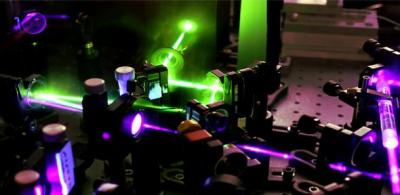Researchers at the Universities of Cambridge and Milan (Politecnico di Milano) investigated the speed at which electrons (created as sunlight hits perovskite solar cell) need to reach the cell's electrode to be converted into flowing electric current before their energy starts to decline. The scientists found that perovskite solar cells will need to take advantage of femtosecond events (about a millionth of a billionth of a second) to stretch the limits of their energy conversion efficiency.

If the cells manage to work that fast, they could achieve an efficiency of 30% or maybe even more, which is currently thought to be the greatest efficiency that solar cells could achieve. Today's best silicon-based solar cells typically operate at efficiencies closer to 20%, but perovskite cells are thinner and regarded as having potential to surpass silicon cells' efficiency.
In order to reach the maximum efficiency, the electron needs to reach an electrode and be extracted from the cell while it is still hot. This does not happen in conventional silicon solar cells, which are about a millimetre thick. Perovskite cells, however, are only a thousandth of this thickness. 'The timescale that we calculated is now the time limit that we have to operate within if we want to create super-efficient, hot carrier solar devices,' explained the team. Moreover, the team believes that nanostructures could be created within the cells that could further reduce the distance the electrons need to travel.